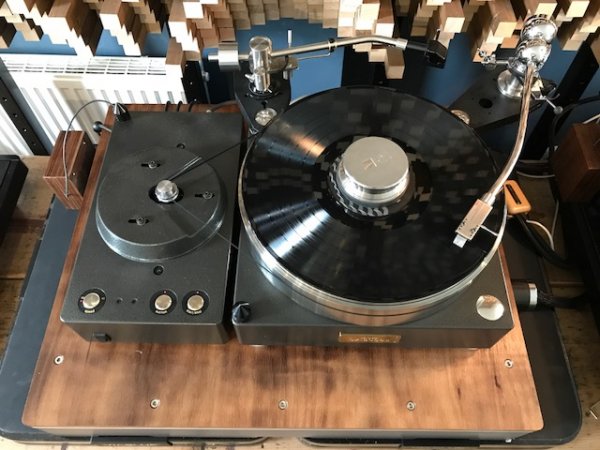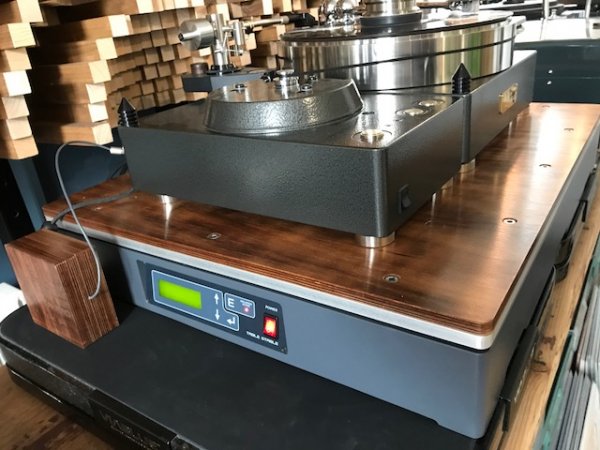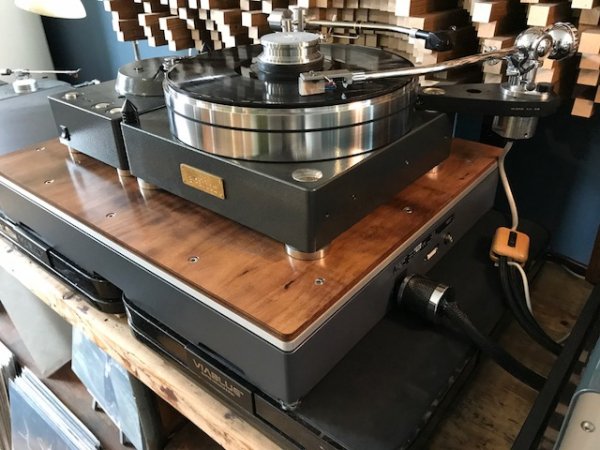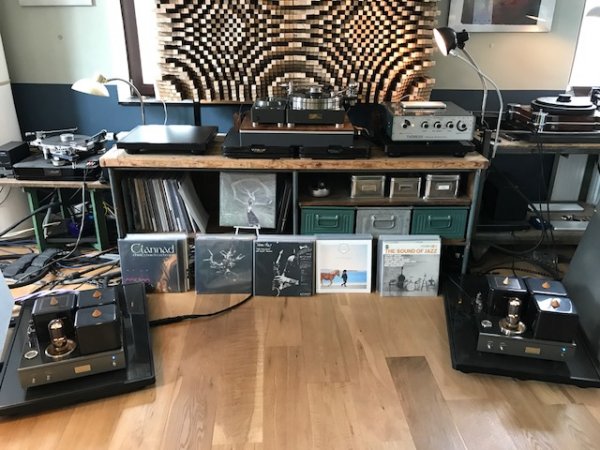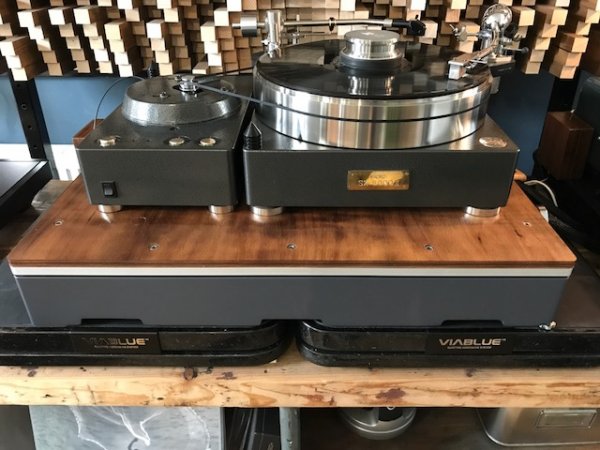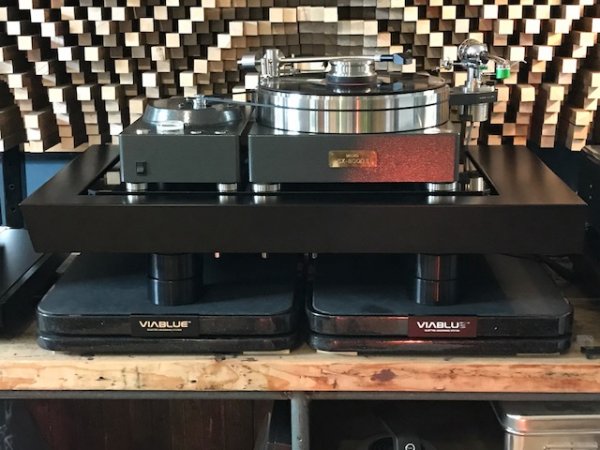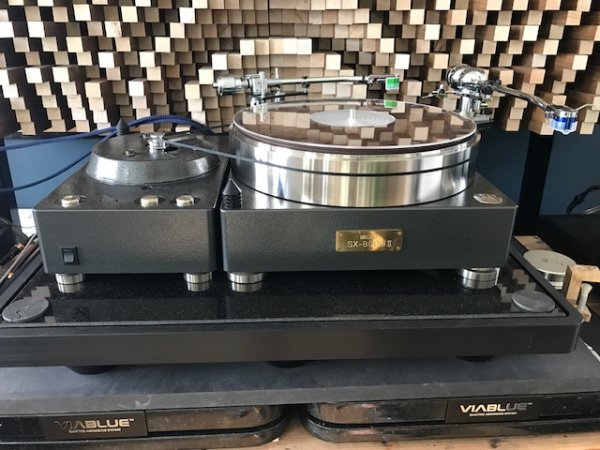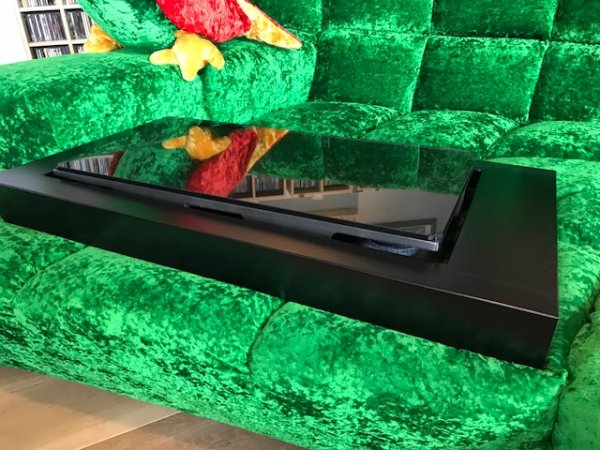I suspect Jarek might be able to answer that.
For my part, I've now done a four-way comparison of isolation techniques on my cdp
Passive air/CLD Stacore Adv
versus
Active piezoelectric sensor Herzan/Accurion-like Kuraka
versus
Passive Rollerblock Symposium Isis
versus
Passive sprung Minus K
---
No contest, Stacore the winner and by a clear margin, esp in terms of clean bass grip, midrange clarity, natural treble, microdetail, overall flow and ease.
Active Kuraka very impressive too, but highly ironically in a product that specs better than Stacore into infra bass regions ie sub 1Hz, it's bass performance was somewhat worse than the Stacore, and it was this plus midrange intelligibility that swung it to the Stacore.
More reasoning that the broadband isoln of Stacore that specs better than active Kuraka making more of a difference overall.
Minus K just a non starter despite best price of all.
Symposium still my choice if I wanted to stay with a traditional isolating rack.
So Speedskater, that test would be fascinating, but I'm 100% certain even w'out it that my ears have guided me well to going all in w Stacore.
For my part, I've now done a four-way comparison of isolation techniques on my cdp
Passive air/CLD Stacore Adv
versus
Active piezoelectric sensor Herzan/Accurion-like Kuraka
versus
Passive Rollerblock Symposium Isis
versus
Passive sprung Minus K
---
No contest, Stacore the winner and by a clear margin, esp in terms of clean bass grip, midrange clarity, natural treble, microdetail, overall flow and ease.
Active Kuraka very impressive too, but highly ironically in a product that specs better than Stacore into infra bass regions ie sub 1Hz, it's bass performance was somewhat worse than the Stacore, and it was this plus midrange intelligibility that swung it to the Stacore.
More reasoning that the broadband isoln of Stacore that specs better than active Kuraka making more of a difference overall.
Minus K just a non starter despite best price of all.
Symposium still my choice if I wanted to stay with a traditional isolating rack.
So Speedskater, that test would be fascinating, but I'm 100% certain even w'out it that my ears have guided me well to going all in w Stacore.



